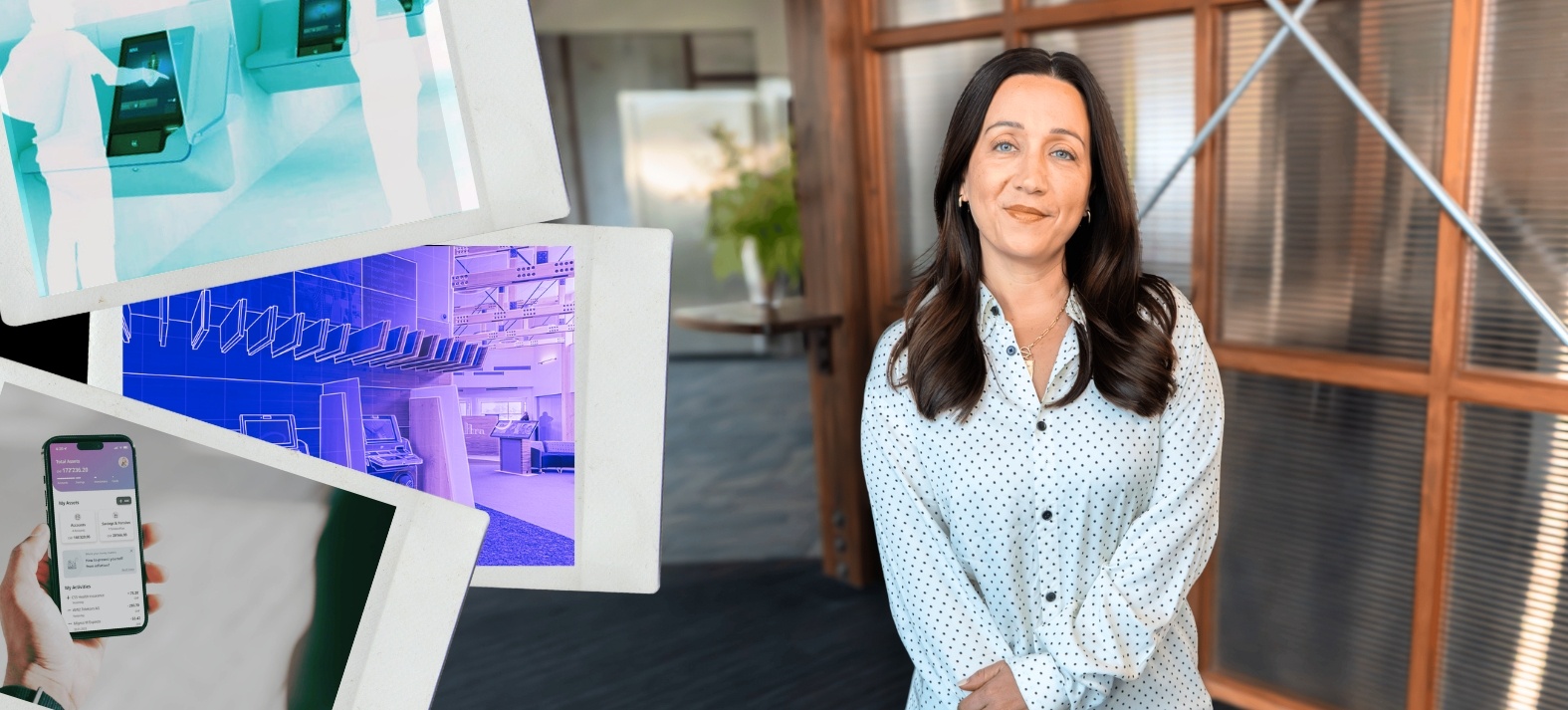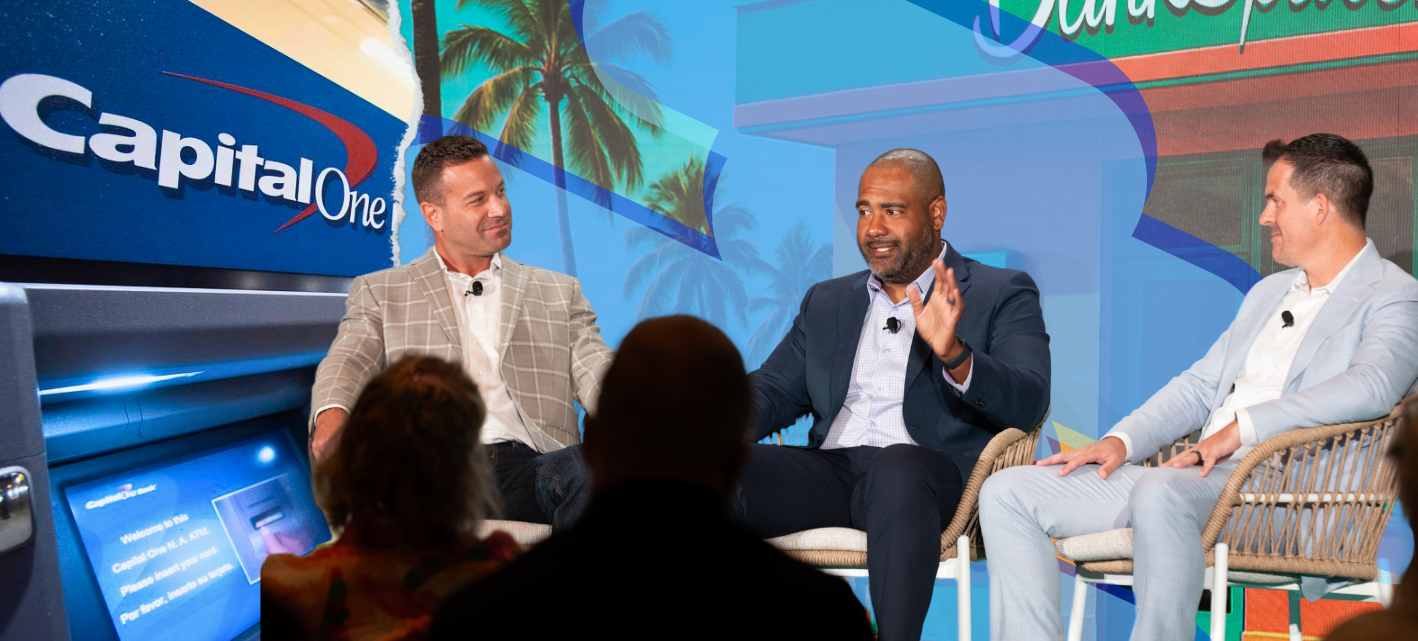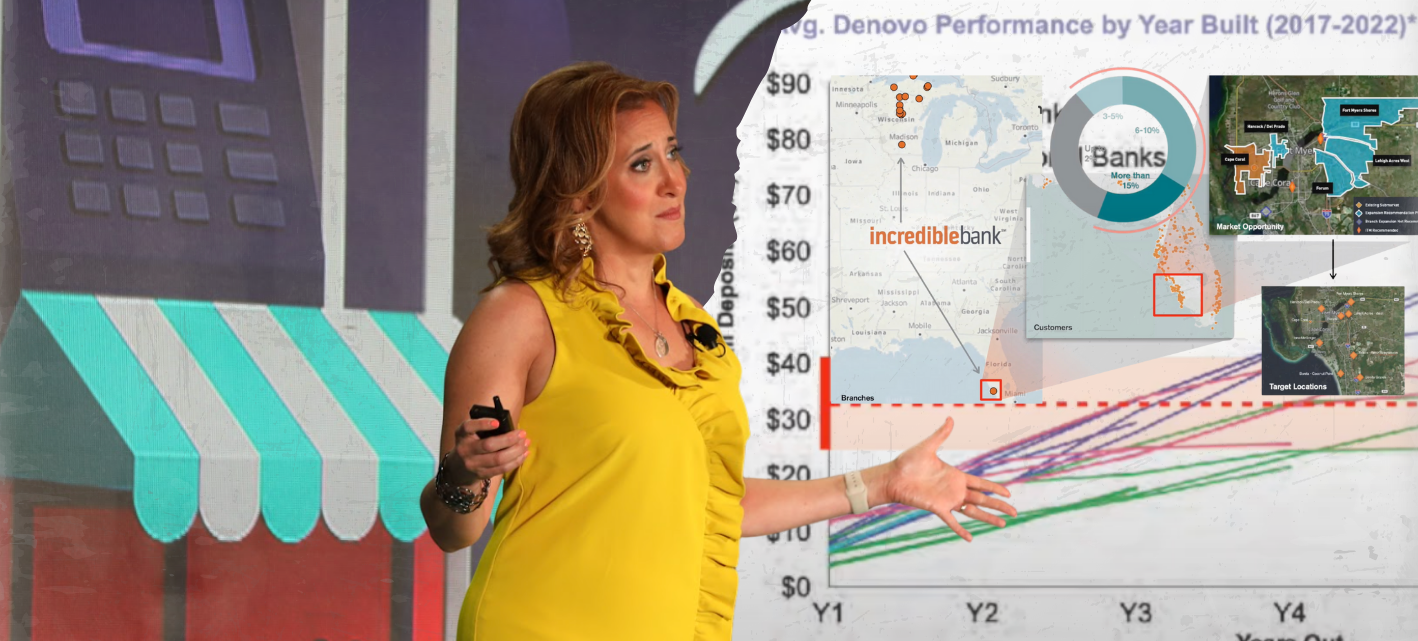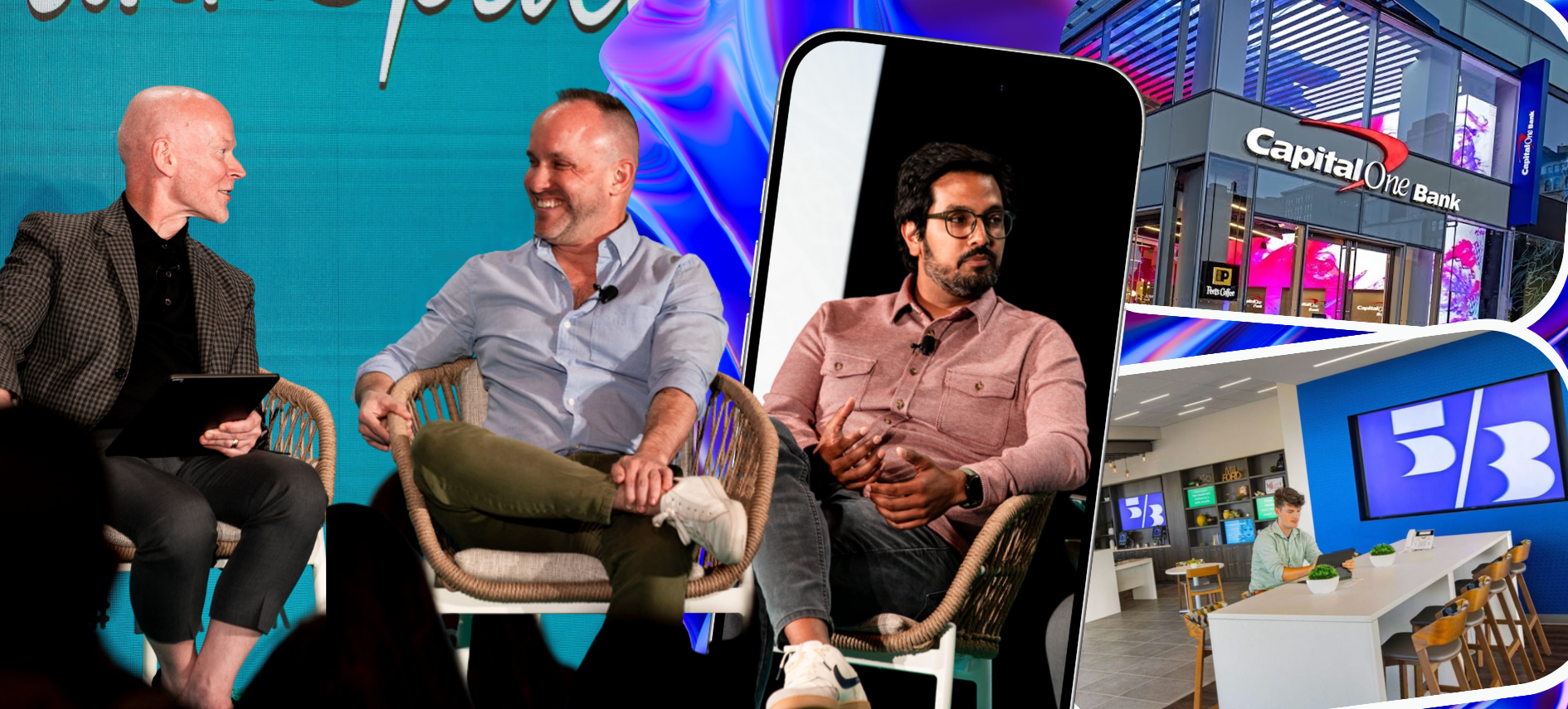At the age of 17, Carla Trombly enlisted in the U.S. Army at the urging of her high school principal, a Lt. Col. in the U.S. Army Reserves. After more than four years of active duty, she entered a branch manager training program for veterans in her native Massachusetts with Citizens Bank. It would prove to be the first step into an esteemed career in the banking industry that’s spanned more than 20 years.
After a 2-year stint at Citizens, Trombly moved to Florida, where she took a job with Nations/Bank of America, working on shifting the sales and service culture at branches and developing models to deepen relationships with customers.
After 7 years in that role and near-constant travel, Trombly decided to hang up the carry-on. She landed a job with Florida Community Bank doing what she’d become accustomed to – enhancing customer experience by shifting the bank’s retail culture to be more customer-centric.
When FCB was acquired by Synovus in 2018, Trombly eventually became SVP and Director of Branch and ATM Channel Optimization in 2021. Today, she’s on the other side of the coin, so to speak, recently joining DBSI as the design-build firm’s SVP of Banking Transformation.
To say she’s passionate about branches is an understatement.
“We're talking about (a client’s) financial success, goals, and getting them through the good times and the bad, while celebrating and creating a journey with them,” she says. “There are not many industries where you can stay with someone through their entire life, and physical banking spaces are where those relationships can start and be sustained.”
A featured speaker at BankSpaces, we sat down with Trombly to dive into the various ways branch transformation leaders can best integrate technology into their physical locations.
This transcript has been edited for length and clarity.
How do you recommend financial institutions evaluate whether a technology implementation has enhanced the customer experience vs. adding complexity?
They need to listen to feedback from both customers and team members - the people living in the environment every day. This should happen before implementation. One of the biggest gaps is not focusing enough on changing behaviors, mentality, and skill sets with branch staff."
Team members should be able to talk about, understand, and be proficient with the technology. When they're excited about it, they'll naturally share it with customers. Remember, customers don't typically come in to ignore people and walk straight to the technology - they've come to see a person. So what does that assisted journey look like?
It starts before you even install the machine, technology, tool, or resource in the building. It's about curating that journey - the shoulder-to-shoulder experience between staff and customers. When team members are excited, customers will be, too.
How do you test whether customers will embrace something before making significant investments in branch technology?
You really need to utilize your team members as your initial pilot. They're essentially customers who are not the most digitally engaged, but they can become a baseline for future decisions.
Create an entire pilot and campaign around them. You'll learn so much from their feedback on why they're not using certain technologies, what's complicated, and why it's not intuitive. This process takes time - maybe six months to a year - but investing that time upfront with your branch staff is crucial.
Once you see that curve and shift in how they're engaging, and you have tools, resources, and data to track, plus their direct feedback - once you observe that shift in mentality, behaviors, and metrics - then you have a great baseline to launch with your actual customers.
What has surprised you about how customer technology preferences in branches have changed?
Just like I tell our clients that a branch is no longer one-size-fits-all, I don't think a technology sweet spot is one-size-fits-all either. It really depends on your overall roadmap and strategic goals for the next one, two, three, five years, and then how you utilize the right pieces of technology - both the hardware and also software and AI to enable that.
In a small financial institution, like during my community bank days, our sweet spot was implementing cash automation - removing those heavy, intensive commercial transactions that utilized way too much time and FTE from our team members so we could be quicker, more efficient, and have optimized staffing.
Your sweet spot might be focusing on ways to optimize processes, or it could be integrating the digital experience from your website and mobile app into your branch to create cohesion between marketing and customer communication. The sweet spot is whatever strategy best helps you deliver on your strategic roadmap at your financial institution. That's your sweet spot.
In your experience, what's an example of branch technology that seemed promising but ultimately failed to deliver value, and what lessons can bankers take from that experience?
Something might work flawlessly at one institution but not another. I know some credit unions here in Florida who are absolutely killing it with ITMs, while for others it just didn't work out for whatever reason.
It's all about strategy and knowing your customer. How does the technology align with what your customers expect from you? How does it align with what you want your customer journey to be? And, crucially, are your team members bought in?
If your staff doesn't believe in it and can't speak the language, vision, and 'why' - how it helps the customer - it won't succeed. This applies to something as simple as a digital marketing display. If your team isn't convinced of its importance and how it benefits both them and the customer, it could be the best technology in the entire world and it's still going to fail.
What approaches have you seen work best to create truly seamless omni-channel experiences rather than disconnected tech silos?
Step one is ensuring all relevant parties have a seat at the table. It makes zero sense for retail to go on this journey without key partners from IT, compliance, and operations. If everyone doesn't have input on the roadmap, desired outcomes, and customer journey—and how each partner plays a role—you're creating goals in a silo.
When I was at Synovus, a pivotal moment was flying in all those key partners. Those people in IT, compliance, or marketing who aren't in day-to-day operations could see our vision, and instead of explaining why it wouldn't work, they contributed ways it could work. You have to empower everybody.
It's really helpful when leadership from the top sets the tone by asking, 'How do we make this work?' When the stage is set by saying 'we're doing this, we just need to figure out how'—how it impacts customers, how we get buy-in from team members—and looking at the whole picture regardless of which departments it touches...that's a game-changer. This applies to everything, whether it's process improvement or technology. Everyone needs a seat at the table because their involvement can make or break the initiative.
Posted by
Branching into Tomorrow – Together.
Exploring the Future of Bank Branch Design + Technology
April 19-21, 2026 | Bonita Springs, FL




-Dec-04-2025-03-32-25-8096-PM.png)
-1.png)




Comments